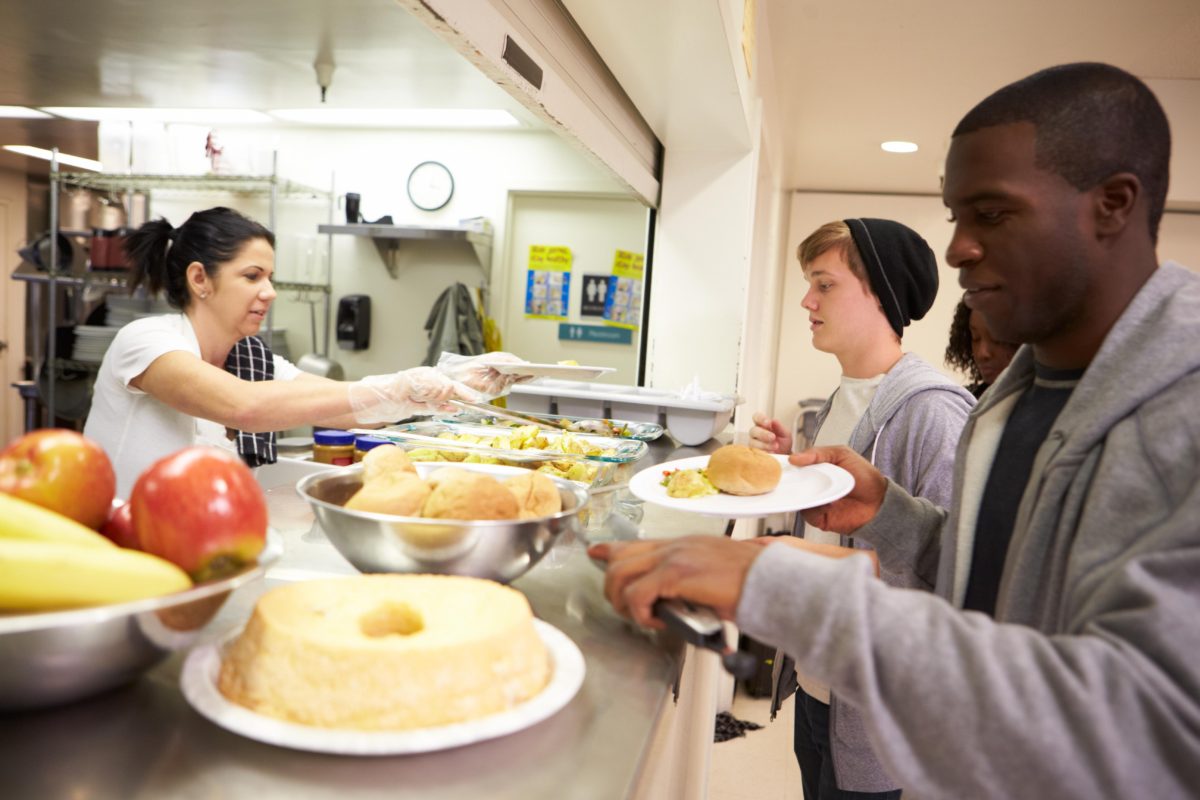You have probably driven past one of the Family Resources SafePlace2B shelters without realizing it. You’ve cruised past our 5th Ave. location trying to decide whether you should go to the gym or turned past our Union St. shelter while mentally planning dinner for your family. While the majority of people in Pinellas and Manatee County don’t need our youth shelters, they serve as a lifeline for a small group of local teens.
The youth who stay in our shelters are diverse, with varied backgrounds and different levels of trauma. Our staff do the best they can to create an accommodating environment while providing counseling and educational resources. However, there are times when our team gets overwhelmed and our beds fill up. Youth shelters are more important than ever to protect this vulnerable population in the United States. Here is why so many teens turn to us when they feel like there is nowhere else to go.
Youth Homelessness is On the Rise
One of the biggest challenges that communities across America face is counting the number of homeless youth in their areas. Many of these kids and teens don’t want to be found or move around so much that they are hard to reach. The federal government defines homeless youth as someone between the ages of 12 to 25 without a parent or guardian, and who lack a fixed, regular and adequate nighttime residence. This age range is incredibly broad and many organizations have a hard time tracking homelessness in youth once they leave school.
As more counties and cities focus on their homeless youth populations, they are starting to realize something that Family Resources has been saying for years:
We are severely undercounting our homeless youth and the problem is much bigger than most people realize.
For example, Pew Research shared a few case studies of cities improving their methods to count their homeless youth numbers, the results are staggering:
- San Diego saw a 39% jump in homeless youth over a year when they changed their counting criteria.
- In Atlanta, the number of homeless youth was triple what they had previously thought.
- The number of homeless young people in Seattle jumped more than 700 percent over the course of a year.
When you really look at the youth who are lingering a little longer when the library closes or wearing the same clothes to school, you can see that our inability to acknowledge this population has dramatic consequences in the lives of the kids who need our help.
Why Do Teens End Up On The Street?
Roughly 2 million kids in America will face a period of homelessness before they reach the age of 25, according to Covenant House. During this time, more than half go more than one day a month without food and at least 20,000 are forced into prostitution by sex traffickers. Every day is a lifetime for youth on the street and the clock is ticking for community groups to reach them.
There are multiple reasons why local youth end up on the street. The National Coalition for the Homeless identified three main reasons:
- Family Problems: teens leave after years of neglect or abuse when the strained relationships with family members reach a breaking point. More than half of homeless youth were asked to leave home by a parent and 24% report physical abuse at the hands of a parent or caretaker.
- Economic Problems: youth become homeless when their parents lose their jobs or can’t make ends meet. They are either homeless with their families or separated by the shelter or service provider.
- Residential Instability: foster teens leave the system or are emancipated only to realize that they have nowhere to go.
Many teens who end up in youth shelters want to stay with their families but they can’t afford to. Or they want to live a stable life and continue their education but have no place to go. They turn to us to escape the fear, drugs, and abuse that they find on the streets.
How Are Legislatures and Communities Helping?
Unfortunately, many efforts to address homeless youth and reduce the numbers of teens and young adults on the street fall flat. According to Michelle L. Page, a practicing civil litigation attorney in Los Angeles, this is because of the phenomenon called “legislative invisibility,” where laws are drafted without the consideration of certain groups (like LGBT and minority communities) in mind.
“It is important to acknowledge subsets of the youth population,” Page writes. “because policies and the programs [lawmakers] create and fund can only provide a limited amount of support if they are conceived solely on the experiences of one identity group.”
The result is batches of overgeneralized laws and programs that only help a small group of people. For example, if a youth homeless program doesn’t take into account the health and safety needs of LGBT residents, it is isolating 40% (almost half) of the youth homeless population. Even the best thought out homeless assistance plans can be rendered ineffective.
At Family Resources, we try to develop all of our programs with underrepresented groups in mind. Our youth shelters have specific programs for LGBT students and we work with community leaders across Pinellas County. We recognize that we can be part of the “legislative invisibility” problem or we can be part of the solution.
You Can Support Your Local Youth Shelters
You don’t need a lot of money or a lot of time to make an impact in the lives of homeless youth in our area. You can support our youth shelters and our efforts to find homeless youth and get them off the streets. Here is how you can support Family Resources:
- Help us collect items for hygiene kits for homeless youth. We always need items like dental floss, deodorant, and shampoo to hand out to local teens as a way to build their trust.
- Raise awareness for Safe Places in your community. Let youth know how they can escape an abusive situation and get help from community organizations.
- Become a monthly donor. Support our Give a Kid a Home campaign and take a teen off the streets.
- Volunteer your time at our shelters or afterschool programs. We are always looking for community members who want to teach our youth new skills, arts, or crafts.
The development of youth shelters is only the first step to help homeless kids and teens in America. We have to work together as a community to develop lasting programs to prevent youth homelessness in future generations.


